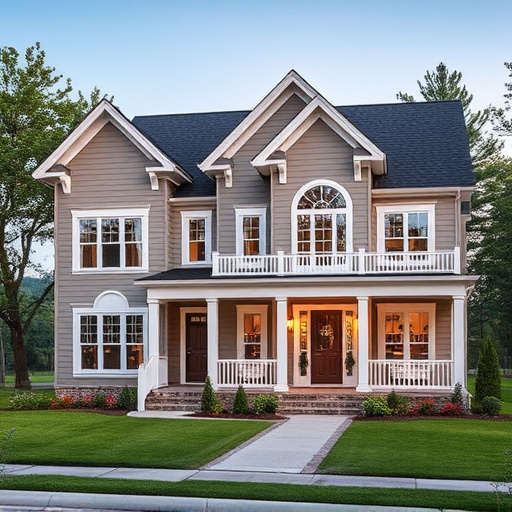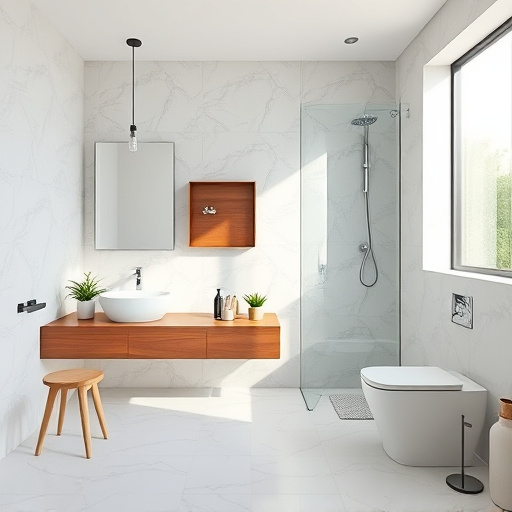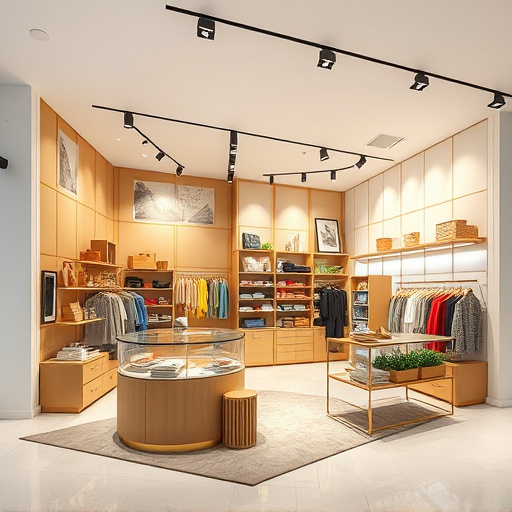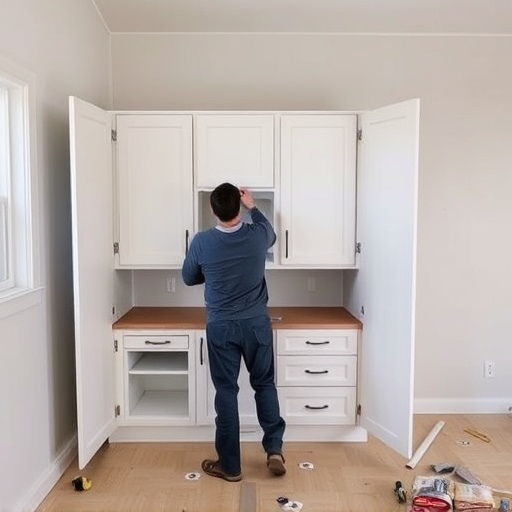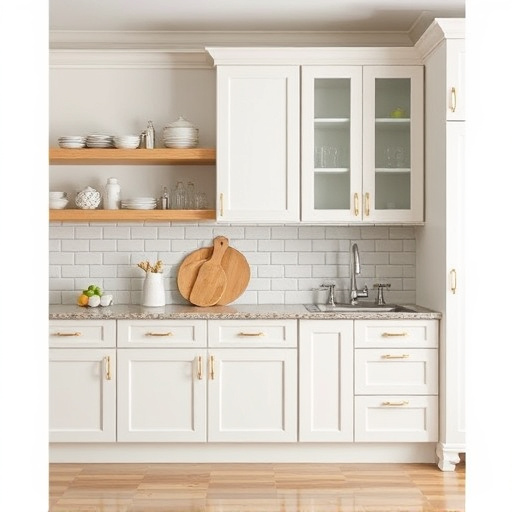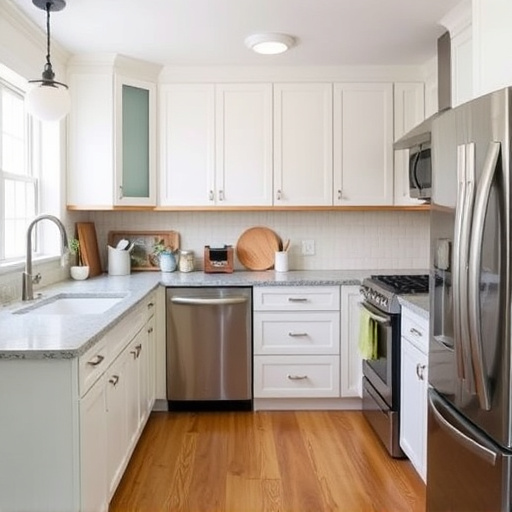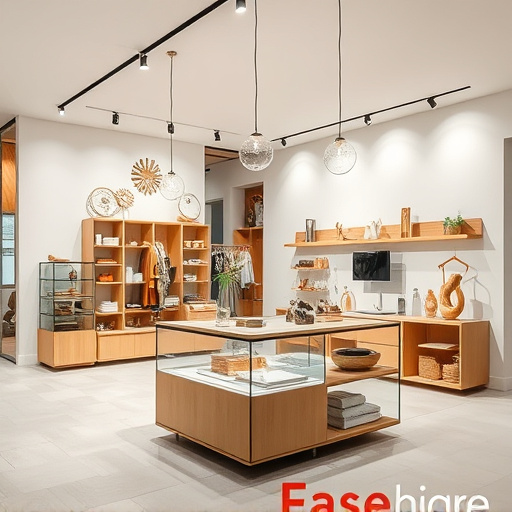Biophilic design, focusing on integrating natural elements like plants, light, and organic materials into office interiors, is a growing trend. This approach enhances aesthetics, significantly improves employee well-being, reduces stress, boosts cognitive performance, increases job satisfaction, and retention rates. Features such as living walls, green roofs, wood finishes, stone accents, and floor-to-ceiling windows maximize natural light while simple additions like indoor plants create calming spaces for collaboration and relaxation. By incorporating nature into office interiors, businesses can foster a more satisfying work environment that benefits both employees and the organization.
In today’s dynamic work environment, biophilic elements are trending in office interiors, revolutionizing how we design spaces. Understanding biophilia and its profound impact on employee well-being and productivity is key. This article delves into popular biophilic features—from living walls to natural lighting—that define modern offices. We explore the multitude of benefits of incorporating nature into workplace design, highlighting improved mood, enhanced creativity, and increased job satisfaction.
- Understanding Biophilia and its Impact on Office Spaces
- Popular Biophilic Elements in Modern Office Interiors
- Benefits of Incorporating Nature into Workplace Design
Understanding Biophilia and its Impact on Office Spaces
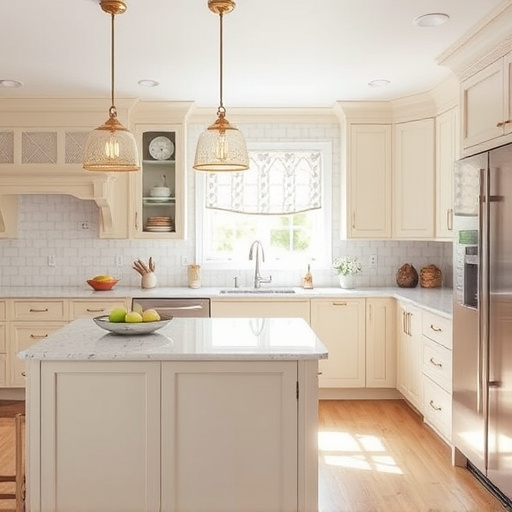
Biophilia, derived from the Greek words for “life” and “love,” refers to humans’ innate connection with nature. This concept recognizes that people are inherently drawn to natural elements and landscapes, which have profound effects on our well-being and productivity. Incorporating biophilic design principles into office interiors has gained significant traction in recent years as organizations seek ways to enhance employee satisfaction and create more engaging workspaces.
In the realm of office transformations, integrating biophilia goes beyond mere aesthetics. It involves strategically placing indoor plants, incorporating natural light, and utilizing organic materials like wood and stone. These elements not only beautify spaces but also improve air quality, boost mood, and increase productivity among employees. Studies have shown that workers in offices with biophilic design elements experience reduced stress levels, improved cognitive performance, and a heightened sense of overall well-being—all contributing to enhanced job satisfaction and retention rates.
Popular Biophilic Elements in Modern Office Interiors
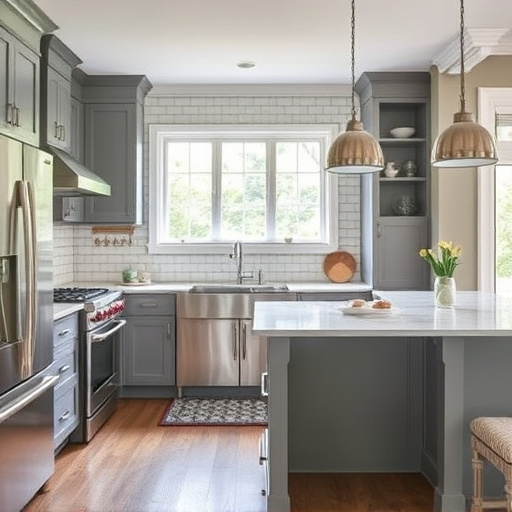
In modern office interiors, biophilic design elements are increasingly popular, reflecting a growing desire to connect with nature in urban environments. These elements range from natural light and plants to organic textures and water features, all aimed at enhancing employee well-being and productivity. The trend leverages research showing that exposure to natural settings improves focus, reduces stress, and boosts creativity, making these biophilic touches not just aesthetic choices but strategic investments in workplace design.
Among the most prominent biophilic elements are living walls and green roofs, which bring greenery directly into office spaces. Other popular features include natural wood finishes, stone accents, and large, floor-to-ceiling windows that maximize daylight exposure. Even simple additions like indoor plants, water walls, or strategically placed aquariums can significantly transform a space, fostering a sense of tranquility and calm amidst the hustle and bustle of the typical office environment. These innovations not only enhance aesthetics but also serve as focal points that encourage collaboration and relaxation, ultimately contributing to a more satisfying and productive work experience.
Benefits of Incorporating Nature into Workplace Design
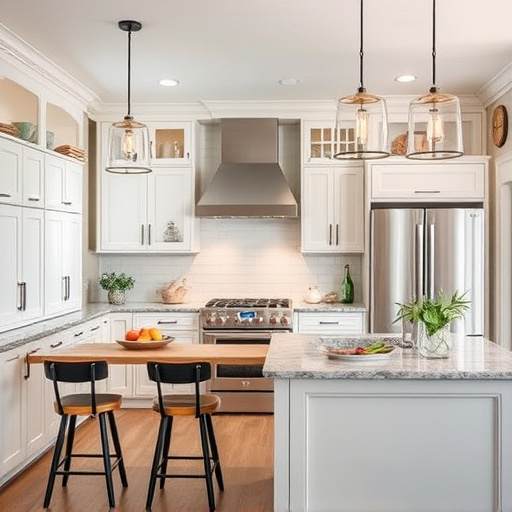
Incorporating nature into office interiors has become a significant trend, offering numerous benefits for employees and businesses alike. The biophilic design approach emphasizes connecting people with the natural world, even in built environments. By integrating elements like plants, natural light, and organic materials, offices can create a sense of calm and improve overall well-being. Studies have shown that access to nature in the workplace reduces stress levels, increases productivity, and enhances creativity.
This trend goes beyond aesthetic appeal; it impacts employee satisfaction and retention. A recent study revealed that employees in nature-integrated office spaces reported higher job satisfaction and a stronger sense of community. Moreover, biophilic design can contribute to better air quality and thermal comfort, as plants act as natural filters and regulators. Considering a multiple room remodel or even a simple floor replacements, incorporating these nature-inspired elements can transform ordinary office spaces into vibrant environments that foster collaboration and productivity.
Biophilic elements are transforming modern office interiors, reflecting a growing understanding of their positive impact on productivity and well-being. By seamlessly integrating nature into workplace design, offices can create vibrant, engaging environments that foster creativity and collaboration. The benefits of biophilia extend beyond aesthetics, offering improved air quality, enhanced mental health support, and increased employee satisfaction. As businesses seek to thrive in today’s competitive landscape, embracing biophilic principles can be a game-changer for office spaces.








